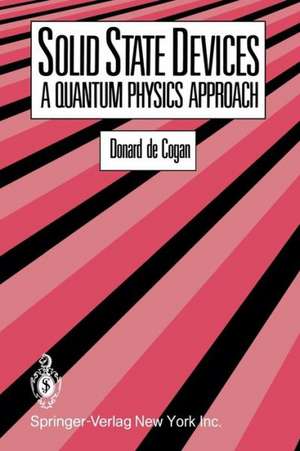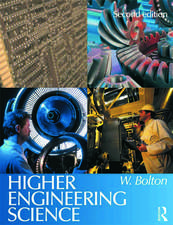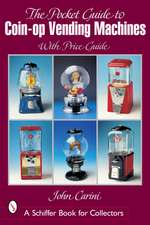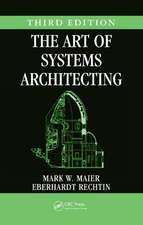Solid State Devices: A Quantum Physics Approach
Autor D. DE COGANen Limba Engleză Paperback – 24 iul 2012
Preț: 381.00 lei
Nou
Puncte Express: 572
Preț estimativ în valută:
72.91€ • 77.96$ • 60.79£
72.91€ • 77.96$ • 60.79£
Carte tipărită la comandă
Livrare economică 18 aprilie-02 mai
Preluare comenzi: 021 569.72.76
Specificații
ISBN-13: 9781468406238
ISBN-10: 146840623X
Pagini: 172
Ilustrații: 154 p. 56 illus.
Dimensiuni: 155 x 235 x 9 mm
Greutate: 0.25 kg
Ediția:Softcover reprint of the original 1st ed. 1987
Editura: Springer
Colecția Springer
Locul publicării:New York, NY, United States
ISBN-10: 146840623X
Pagini: 172
Ilustrații: 154 p. 56 illus.
Dimensiuni: 155 x 235 x 9 mm
Greutate: 0.25 kg
Ediția:Softcover reprint of the original 1st ed. 1987
Editura: Springer
Colecția Springer
Locul publicării:New York, NY, United States
Public țintă
ResearchCuprins
1 The Elements of Crystallography.- The crystalline state.- Close packing and crystal structure.- Directions within a crystal.- Distances between planes in a simple cubic crystal.- X-ray crystallography.- Further developments in X-ray crystallography: the reciprocal lattice.- Problems.- Reference.- 2 Matter Waves.- The development of quantum mechanics.- The duality concept.- de Broglie’s hypothesis.- Fourier’s theorem.- Heisenberg’s Uncertainty Principle.- Problems.- References.- 3 Wave Mechanics.- Review of wave motion.- Wave functions.- Observables and operators.- Wave mechanics.- Boundary conditions for solution of Schrödinger’s equation.- Problems.- Reference.- Further Reading.- 4 Quantum Theories of Solids.- The Free Electron Theory of Solids.- Fermi-Dirac statistics.- The derivation of S(E).- Thermionic emission.- Field-enhanced emission.- Field emission (Fowler-Nordheim tunnelling).- Photo-electric effect.- Band Theory of Solids.- The velocity of an electron in an energy band.- The effective mass of an electron in an energy band.- Problems.- References.- 5 Electrons and Holes in Semiconductors.- The position of the Fermi level in an intrinsic semiconductor.- The position of the Fermi level in an extrinsic semiconductor.- Carrier concentrations in semiconductors.- Majority and minority carriers.- The motion of carriers in semiconductors.- Semiconductors in non-equilibrium.- Carrier generation and recombination.- The steady-state condition.- Return to equilibrium.- Steady-state injection from a boundary.- Problems.- Reference.- 6 p-n Junctions.- Position of the Fermi level at equilibrium.- The amount of band bending at equilibrium.- The width of the depletion layer as a function of doping densities.- Application of bias.- Capacitance behaviour of p-njunctions.- Current transport in p-n junctions.- Junction breakdown under reverse bias.- Temperature dependence of junction breakdown.- Real diodes.- Problems.- Keterence.- 7 Junction Transistors.- Unipolar (field effect) transistors.- Bipolar transistors.- Transistor gain.- Non-ideal injection efficiency.- Some secondary effects on bipolar transistor performance.- Some considerations for good bipolar transistor design.- Real bipolar transistors.- Problems.- Reference.- 8 Surface Effects and Surface Devices.- The metal-semiconductor contact.- The metal-oxide-semiconductor (MOS) contact.- Metal-oxide-semiconductor (MOS) devices.- Conclusion.- Problems.- Reference.- Solutions to Problems.- Physical Constants and Conversions from Non-SI Units.











